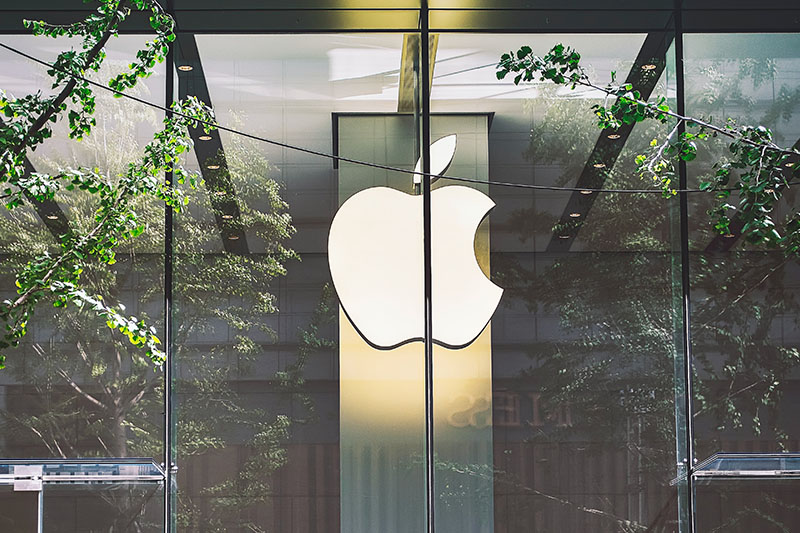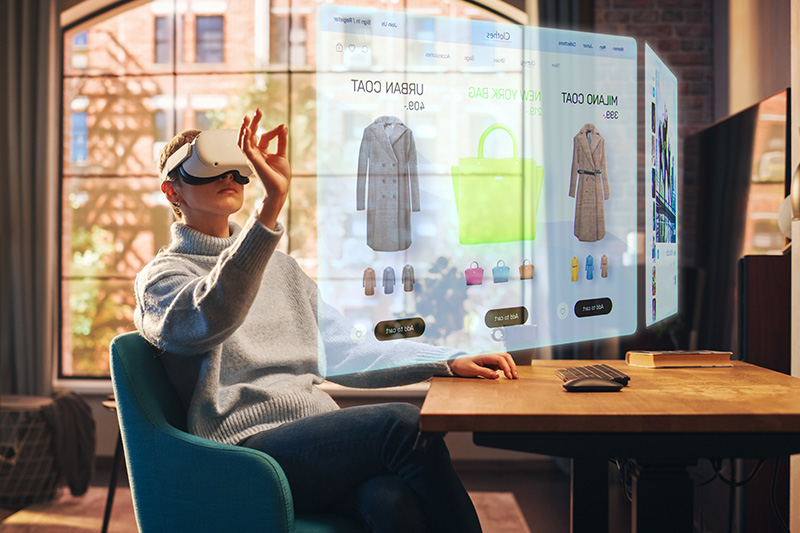Will the Apple Vision Pro make AR mainstream?
Apple recently unveiled its latest innovation, the Apple Vision Pro, a high-end pair of goggles that aims to revolutionize the world of virtual and augmented reality.
With a track record of ground-breaking product launches, such as the iPod and iPhone, Apple’s foray into mixed reality has sparked anticipation reminiscent of the iPhone’s introduction. However, the history of AR and VR goggles is filled with failed projects, highlighting the challenge of finding practical applications for this technology.
Can Apple break the mould and finally push AR into the mainstream? In this week’s blog, we’re exploring the new product and how it’ll change how we consume content.

The challenge of AR and VR
Over the years, augmented, virtual and mixed reality goggles have struggled to find compelling use cases that resonate with users. The immersive and interactive nature of AR and VR technology primarily found traction in the gaming industry. Unfortunately, early attempts like Nintendo’s Virtual Boy fell short due to issues like high costs, clunky designs and limited effectiveness.
The company Oculus have however found considerable success – leading them eventually acquired by Facebook (now Meta). The backing of a major tech company isn’t always the ticket to success – case in point: Google Glass. Despite being head of its time, the headset ultimately failed due to usability issues, privacy concerns and a perceived lack of style.
Advancements in technology
Two technological developments increase Apple’s prospects for success with the Vision Pro. Firstly, tracking technology has advanced to the point where it can accurately overlay graphics in real-time, aligning with the wearer’s perspective.
Secondly, graphics display technology has improved, reducing lag time between actions. Apple’s R1 computer chip, integrated into the Vision Pro, boasts the ability to stream new images within 12 milliseconds, eight times faster than the blink of an eye.
Apple’s presentation of the Vision Pro also focused on practical applications that mirror how people interact with computers. This gives consumers a clear view on how the product would integrate with our day-to-day life.

Price and target audience
The Vision Pro’s premium price tag, nearly five times the inflation-adjusted cost of the first iPhone, may deter many potential users. Some experts suggest that Apple should target specialist users, such as architects, for the initial version of the Vision Pro. These professionals could leverage augmented reality to envision how buildings might look in real-world settings. As technology advances and prices decrease, subsequent iterations could target mainstream users.
Competition and marketing innovations
Although the technology is admittedly exciting – Apple faces stiff competition from companies like Magic Leap and Microsoft, with their own iterations of AR and VR goggles. Nonetheless, Apple’s reputation for innovation and competition from other players in the market will drive advancements in the field, shaping the future of augmented reality for both specialist and mainstream users.
At Cordis, we have embraced immersive technology for years – harnessing Snapchat’s AR capabilities to create digital experiences that drive footfall and sales for retail clients. Regardless as to which corporation wins the fight for AR/VR dominance – it’s clear that immersive technology will drive marketing innovations in the coming years, and there’s no better time to start exploring the virtual realm!
If you’re interested in embracing the future – amalgamating both technology and creativity, get in touch with Cordis today.